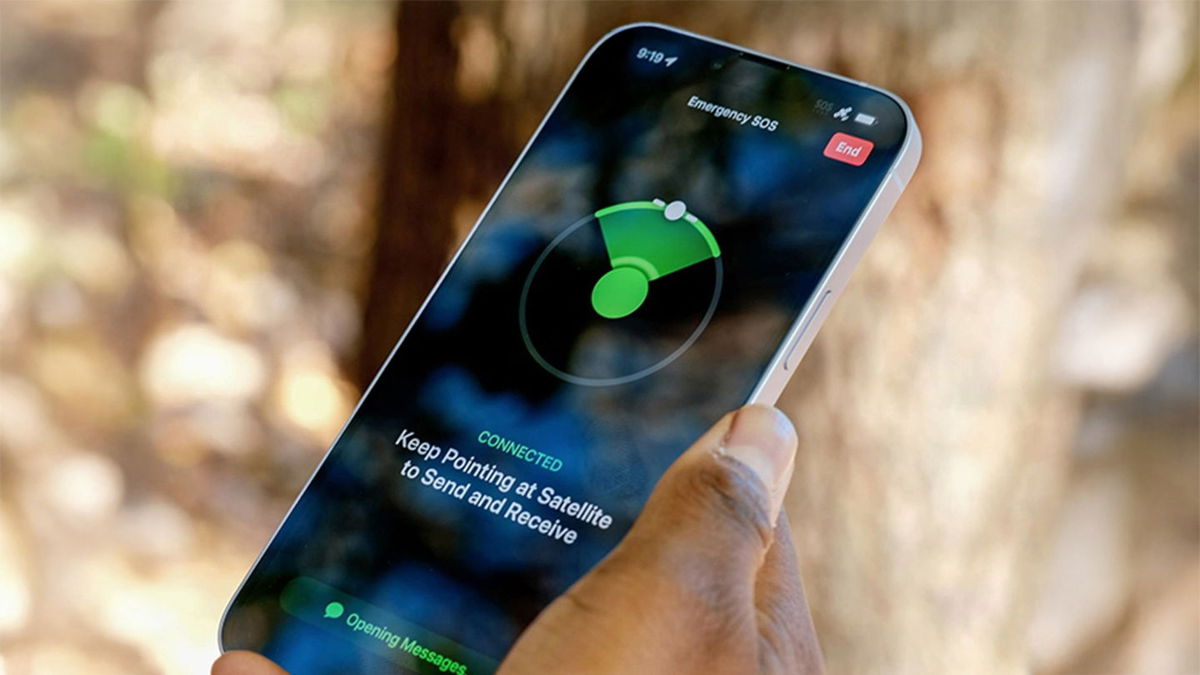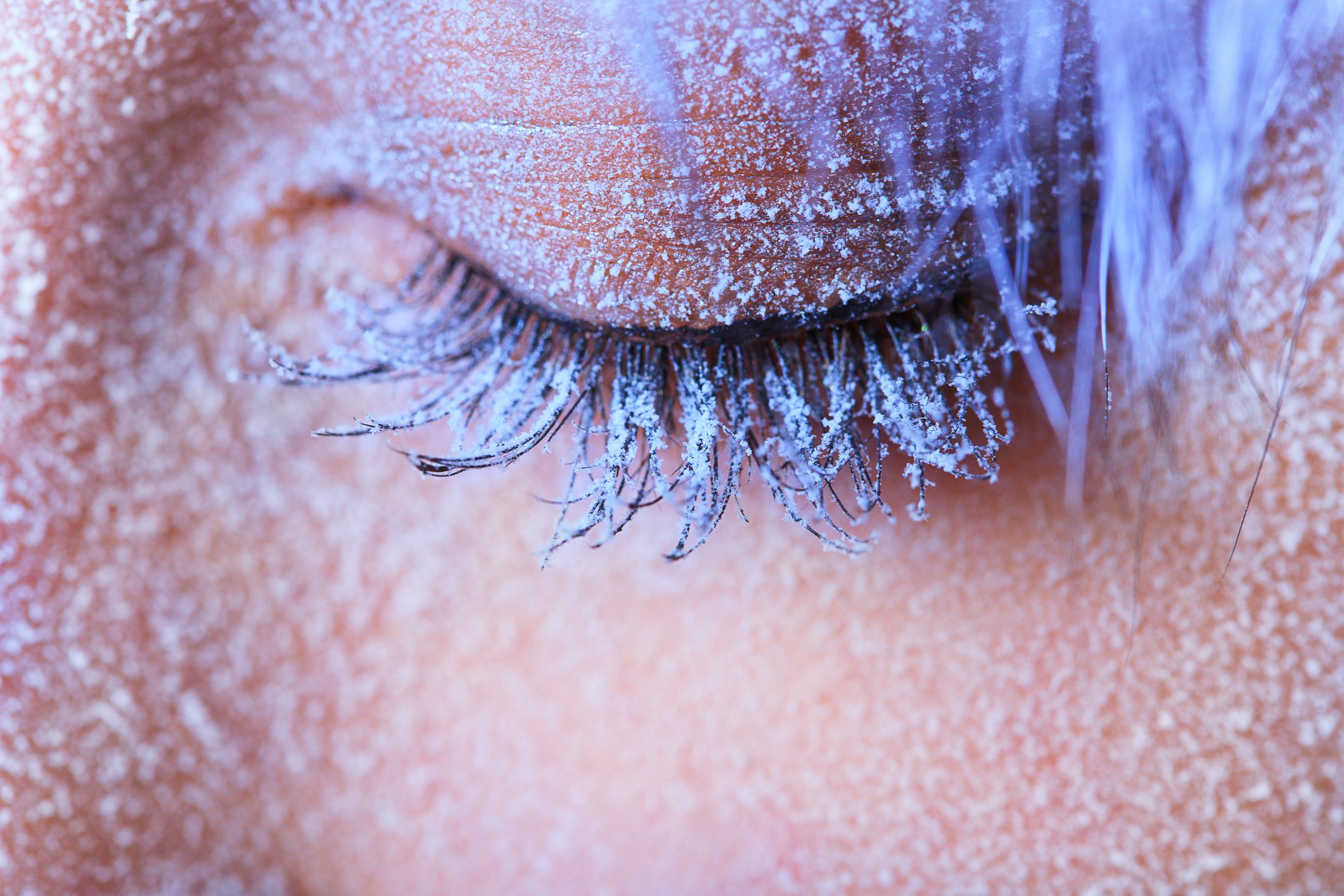Immortality has been a hot topic since the dawn of science. There are many human attempts to eternalize or at least prolong our life on earth. Options include the emergence of new drugs that promise longer life, bioprinting technologies to replace organs that no longer work, etc. It is located.
Another famous solution that always comes up in discussions on the subject is human cryonics – the process in which a body is frozen for future ‘revival’. So is it really possible to “play Captain America” and live normally again, say, 100 or 200 years later?
What is cryonics?
First of all, it is important to understand what the technique is. Cryogenics is a method that uses a very low temperature, usually below -196 °C, to freeze a body after death.
To do this, you need to take the blood of the deceased and replace it with medical preservatives and antifreeze. This prevents the formation of ice crystals in the body and damage to cells and tissues over time. Briefly, the process is divided into three stages:
- Firstly the body needs to be cooled in an ‘ice bath’ and taken to the cryonics clinic as soon as possible. During transport, the team must perform chest compressions that simulate a heartbeat to keep blood circulating;
- In the laboratory, the body’s blood is replaced with preservatives and antifreeze to protect cells;
- And finally, the body is placed in a large container filled with liquid nitrogen at a temperature of approximately -196°C.
The idea of this technique is this: In the future, when medical technology is advanced enough, frozen bodies will be able to be thawed and brought back to life..
In addition to being a way to achieve eternal life, the cryopreservation technique is already used in other areas of medicine and biology, such as preserving parts of the human body such as sperm, eggs, blood cells and embryos.
Will the ‘frozen’ people come back to life after all?
We don’t know the shortest way. Although everything seems easy in theory, in practice the story is different. The process of regenerating a body is complex, and medical technology may not be able to repair damage caused by freezing for years or decades.
Safely dehydrate a body and remove all toxins that displace blood These are just some of the challenges that future doctors and specialists will have to face.
It is worth remembering that currently companies offering cryonics services offer two cryopreservation options: whole body or head only. If the first situation is complicated, the second is even more complicated because companies need to find a new and healthy body to lay their heads on.
Cryopreservation prices vary from company to company but can reach US$200,000 (about R$992,000), according to the Michigan Cryogenics Institute.
More skeptical academics argue that there is not enough evidence to prove the effectiveness of cryopreservation and reinforce that no humans will be revived using this method by 2023. On the other hand, cryonics enthusiasts are betting on the possibility of reanimation in the future.
The United States-based Cryogenics Institute states that no scientist has been able to completely disprove the theory of life after freezing.
“Our premise is not that successful cryopreservation resuscitations are an indisputable fact today, but rather that current evidence and technology strongly suggest that resuscitation will be possible in the future.”
Source: Tec Mundo
I’m Blaine Morgan, an experienced journalist and writer with over 8 years of experience in the tech industry. My expertise lies in writing about technology news and trends, covering everything from cutting-edge gadgets to emerging software developments. I’ve written for several leading publications including Gadget Onus where I am an author.













